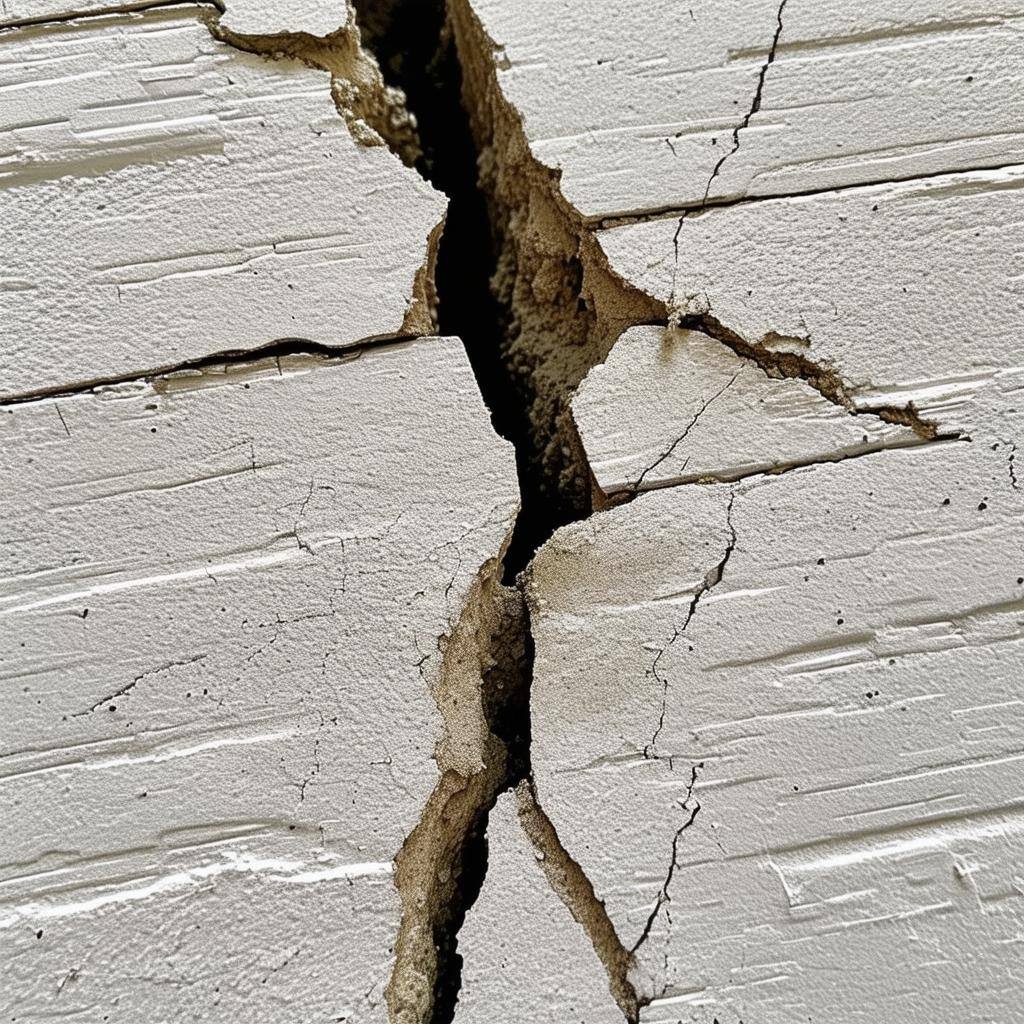The Art of Residential Painting: Transforming Your Home with Color
Residential painting is one of the most effective ways to refresh and rejuvenate your living space. Whether you're looking to update a single room or your entire home, a fresh coat of paint can dramatically change the atmosphere, enhance curb appeal, and increase property value. In this article, we’ll explore the benefits of residential painting, tips for choosing the right colors, and essential techniques for a successful project.
Learn More Below for Key Components, Common Issues, Maintenance Tips, & When to Call a Pro!
Why Consider Residential Painting?
1. Aesthetic Appeal
One of the most immediate benefits of painting is the visual impact it can create. A new color scheme can transform a dull room into a vibrant space, making your home feel more inviting and personalized.
2. Increased Property Value
Well-executed painting projects can significantly enhance your home's value. Fresh, modern colors appeal to potential buyers and can make your home stand out in a competitive market.
3. Protection for Surfaces
Paint acts as a protective barrier against wear and tear, moisture, and pests. Regularly repainting your home can help preserve surfaces and extend the life of your walls, trim, and exterior features.
4. Personal Expression
Color is a powerful tool for personal expression. Choosing colors that reflect your style and personality can create a space that feels uniquely yours, making your home more enjoyable to live in.
Choosing the Right Colors
1. Understand Color Psychology
Colors can evoke emotions and set the mood for a room. Consider the psychology behind color choices:
- Blues and Greens: Calming and serene, ideal for bedrooms and bathrooms.
- Yellows and Oranges: Energetic and warm, great for kitchens and playrooms.
- Neutrals: Timeless and versatile, perfect for living rooms and hallways.
2. Create a Cohesive Palette
When choosing colors, think about how they will flow from one room to another. A cohesive color palette creates a sense of unity throughout your home. Consider using varying shades of a color for different spaces.
3. Test Samples
Before committing to a color, test samples on your walls. Observe how the color looks in different lighting throughout the day to ensure you’re happy with your choice.
4. Consider Trends vs. Timelessness
While trendy colors can be exciting, they may not age well. Opt for a mix of trendy accents with timeless neutrals for a balanced approach that won’t feel dated in a few years.
Essential Techniques for Residential Painting
1. Preparation is Key
Proper preparation can make or break your painting project. Follow these steps:
- Clear the Space: Move furniture and cover floors with drop cloths to protect them from paint splatters.
- Clean Surfaces: Wash walls to remove dust and grease, ensuring better paint adhesion.
- Repair Imperfections: Fill holes, cracks, and imperfections with spackling compound and sand smooth.
2. Choose Quality Materials
Investing in quality paint and tools can make a significant difference in the outcome. Look for:
- High-Quality Paint: Opt for paints with good coverage, durability, and finish options (e.g., matte, satin, gloss).
- Proper Brushes and Rollers: Use brushes and rollers designed for the specific paint type (e.g., synthetic for water-based paints).
3. Follow the Right Application Techniques
- Cutting In: Start by “cutting in” around edges and corners with a brush before using a roller. This ensures clean lines and even coverage.
- Rolling Technique: Use a roller to cover larger areas. Apply paint in a “W” or “M” pattern for even distribution.
- Multiple Coats: Depending on the color and surface, multiple coats may be necessary for full coverage. Allow adequate drying time between coats.
4. Finishing Touches
Once the painting is complete:
- Remove Painter’s Tape: Carefully remove tape while the paint is still slightly wet to avoid peeling.
- Touch Up: Inspect for any missed spots or imperfections and touch up as needed.
- Reinstall Fixtures: Once everything is dry, reinstall light fixtures, switch plates, and any other hardware.
DIY vs. Hiring a Professional
While many homeowners take on painting projects themselves, there are pros and cons to consider:
DIY Painting
- Cost-Effective: Doing it yourself can save money on labor costs.
- Control Over Design: You have complete control over color choices and techniques.
- Flexibility: You can work at your own pace and schedule.
Hiring Professionals
- Expertise: Professionals have experience and skills that can lead to a higher-quality finish.
- Efficiency: They can often complete the project faster than a DIYer, saving you time.
- Safety: Professionals know how to handle equipment and materials safely, especially when working at heights or with specialized paints.
Summary
Residential painting is a transformative process that can enhance the beauty, value, and comfort of your home. By understanding color psychology, choosing the right materials, and following essential techniques, you can achieve stunning results that reflect your personal style. Whether you decide to tackle the project yourself or hire a professional, a fresh coat of paint can revitalize your living space and create a welcoming atmosphere for you and your family. Embrace the art of painting and watch your home come to life with color!
Why don't homes come with a user manual?
We don't know, either. But we're here to help.
See how, below...from tackling the maintenance tasks you can’t stand or always forget, to getting proactive with your maintenance, to sending out contractor referrals we actually know & trust!
You May Also Like
These Related Stories

Home Foundation Guide

Gutters Guide
